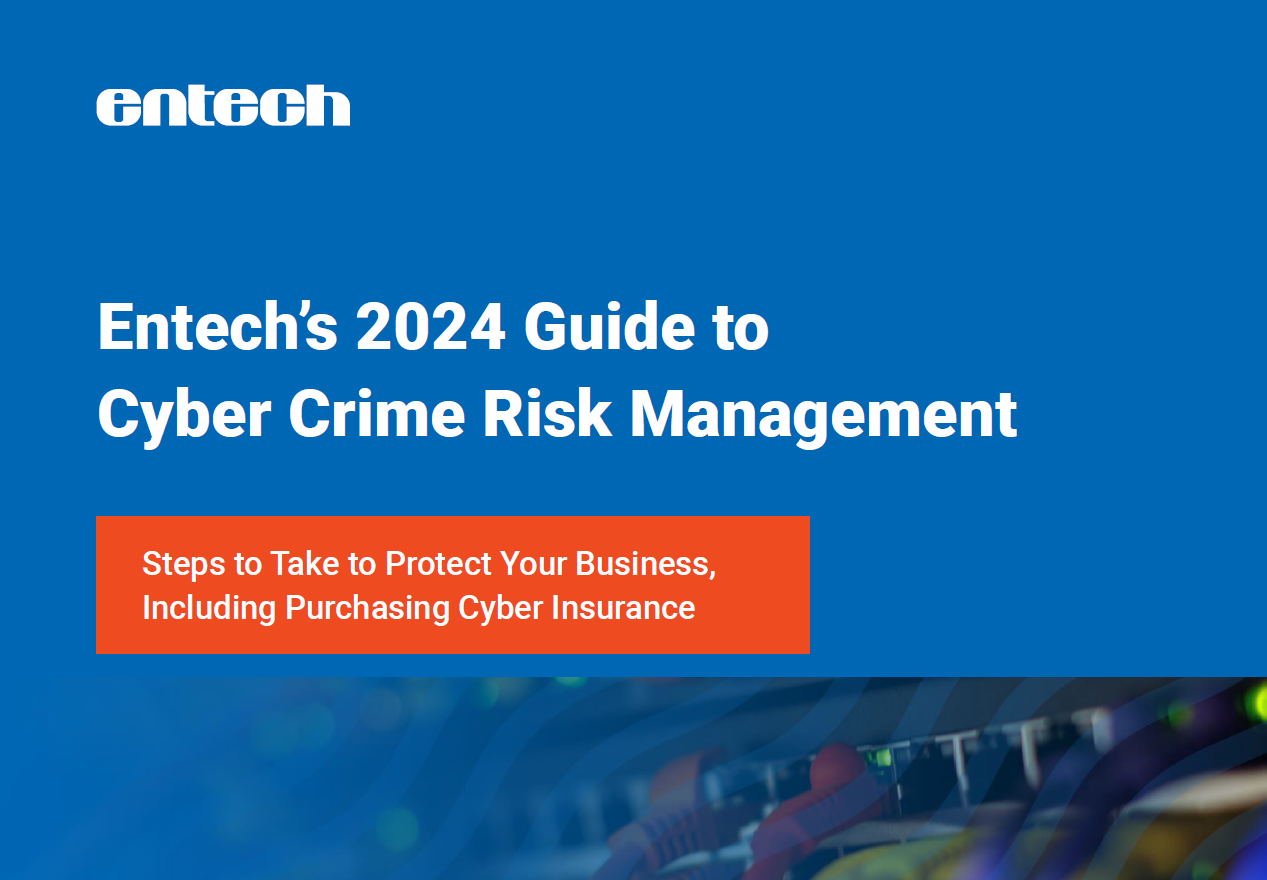
Small and midsize businesses used to fly under the radar when it came to cyberattacks. They were often considered too insignificant for cybercriminals to bother with.
But those days are long gone. As an expert managed service provider, we know that today, small businesses are prime targets, facing the same threats as larger corporations, if not more.
So, what should you do if you find yourself staring at that dreaded ransomware attack message?
Small Businesses: Big Targets for a Ransomware Attack
In the past decade, cybercrime has been steadily rising, but the onset of the COVID-19 pandemic saw an unprecedented surge in cyberattacks. No industry, sector or business size is immune.
You’d think cybercriminals would target larger enterprises and their cloud infrastructure because of the capital they deal in, but that’s a common misconception. Since larger corporations have more advanced security protocols, cybercriminals have begun to target almost exclusively small to medium-sized enterprises (SMEs), because they often lack sound security protocols.
In fact, in 2022, 98 percent of cyber insurance claims impact SMEs. Even cities, states and local governments have fallen victim to these malicious schemes.
The Anatomy of an Attack
When ransomware strikes, it's not a dramatic entrance but a stealthy infiltration. The malware quietly seeps into your system, meticulously locking files and spreading through your network like wildfire.
It's a race against time as the attackers aim to encrypt as much data as possible to maximize their ransom demands.
Once the damage is done, a chilling message appears on your screen, demanding payment in cryptocurrency like Monero, Ethereum or Bitcoin, often with a countdown clock ticking away the seconds until your files are lost forever.
What to Do When Faced with Ransomware
If you find yourself in this nightmare scenario, remember these crucial steps:
- Stay calm. Take a deep breath. Panicking won't help; it's essential to maintain a clear head to effectively handle the situation and make informed decisions.
- Document. Snap a photo of the ransomware message. This could prove useful for later stages, providing valuable information for analysis and investigation.
- Isolate. Immediately power down the affected device and disconnect it from both the power source and the network. This halts the malware from spreading further, preventing additional damage to your systems.
- Alert. Notify your IT team or managed service provider (MSP). They're your frontline defense against cyber threats and will know how to proceed, orchestrating an effective response plan tailored to your specific situation.
- Engage authorities. Reach out to law enforcement and your cyber insurance company. They can offer guidance and support in navigating the aftermath of the attack, providing legal and financial assistance to help mitigate the impact on your business.
What NOT to Do
In the heat of the moment, it's crucial to avoid knee-jerk reactions. Instead, follow these guidelines:
- Don't pay. Resist the urge to pay the ransom right away. There are alternative methods to recover your data, and paying doesn't guarantee a resolution; engaging with cybersecurity professionals can provide insights into possible decryption solutions and minimize the risk of funding criminal activities.
- Don't delay. Delaying notification could worsen the situation and even lead to legal repercussions; prompt action allows for swift containment and mitigation of the attack, reducing potential damage to your business reputation and finances.
- Don't use affected devices. Even if you manage to unlock your data, the underlying malware remains a threat until fully eradicated. Refrain from using affected devices until they've undergone thorough cybersecurity assessments and malware removal procedures to ensure the safety of your data and network.
Preparing for the Future
While the immediate crisis may pass, it's essential to fortify your defenses for the future with these best practices:
- Develop a BCDR plan. Business continuity and disaster recovery planning are critical for swift recovery from such incidents.
- Invest in endpoint protection. Robust endpoint protection software can thwart known threats before they wreak havoc on your systems. You should also consider partnering with an MSP that specializes in data protection.
- Educate and train. Equip your team with the knowledge and skills to recognize and combat cyber threats effectively.
- Implement best practices. From password management to regular backups, prioritize cybersecurity best practices across your organization.
How We Can Help
- Facing a ransomware attack is every business owner's worst nightmare. But with the right preparation and response strategy, you can mitigate the damage and emerge stronger. Remember, you're not alone in this battle.
- Partnering with a reliable MSP like Entech can provide the expertise and support needed to stay ahead of cybersecurity threats, including gaining security insights from an IT assessment.
If you need assistance in safeguarding your business against ransomware attacks or recovering from a cyber incident, contact us or book a meeting.
We're here to help, every step of the way.
Share this entry
-
Share on Facebook
Share on Facebook
-
Share on Twitter
Share on Twitter
- Share on Google+
-
Share on Pinterest
Share on Pinterest
- Share on Linkedin
- Share on Tumblr
- Share on Vk
- Share on Reddit
- Share by Mail
Subscribe to our Newsletter
Don’t miss out on the latest news from Entech. Submit your e-mail to subscribe to our monthly e-mail list.
.png?width=360&height=300&name=Logo%20(2).png)










